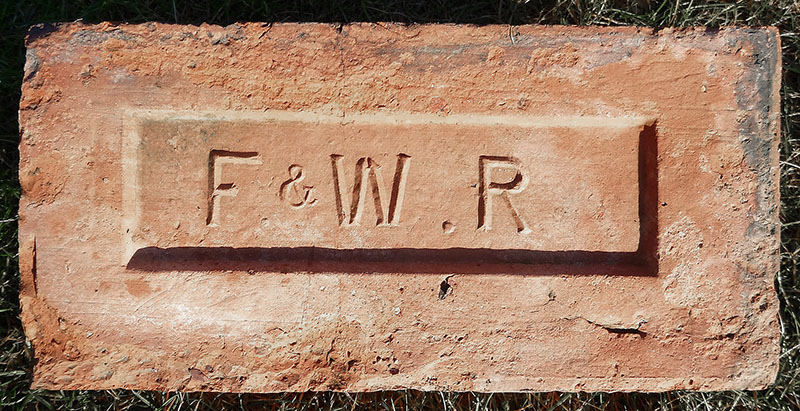

Photo by Frank Lawson.
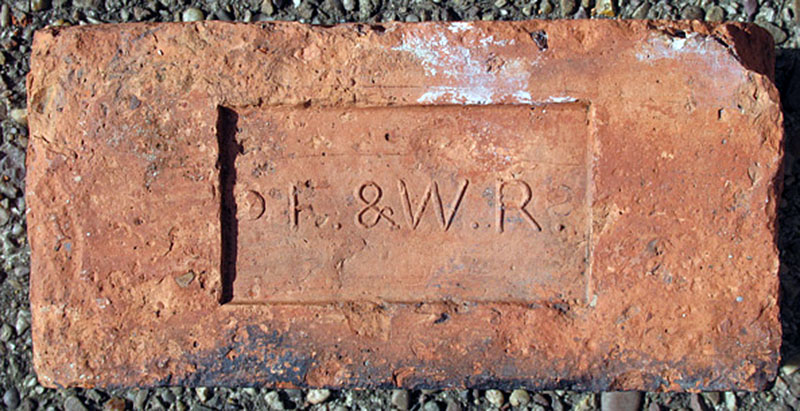
Thought to be made in Ripley, Derbyshire, by a partnership in the late 1870s between brickmakers Samuel Fletcher and George Watson. Photo by Martyn Fretwell.
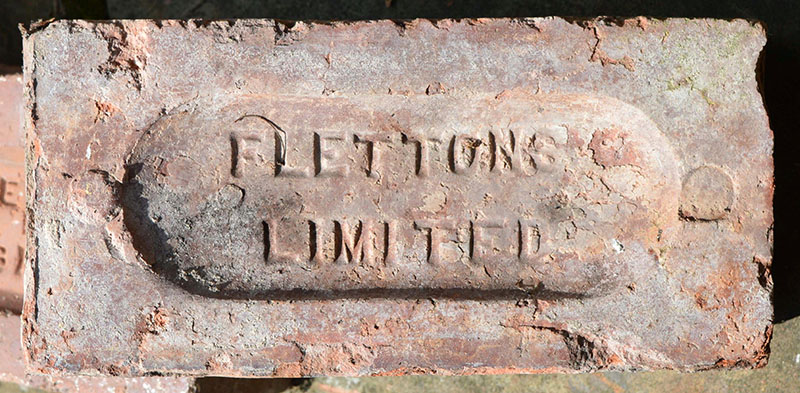
Flettons Ltd, Birley Vale Brickworks, Intake, Sheffield. Photo by Frank Lawson.
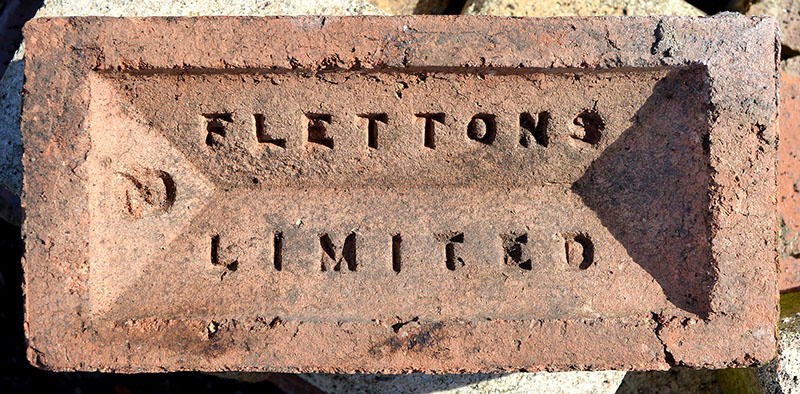
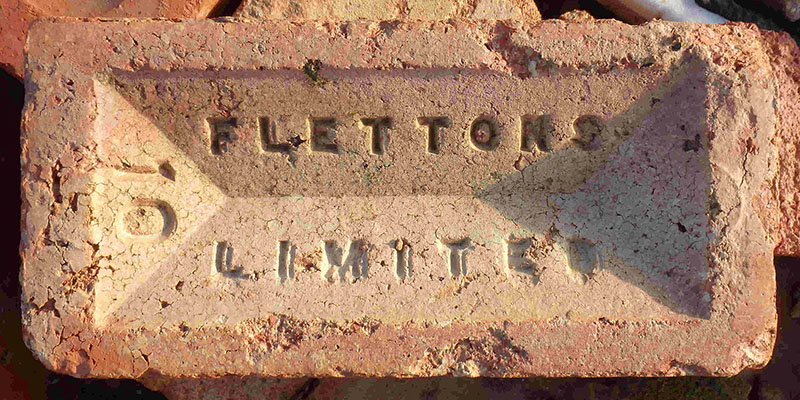
Flettons were based near Peterborough. Photos by Frank Lawson.
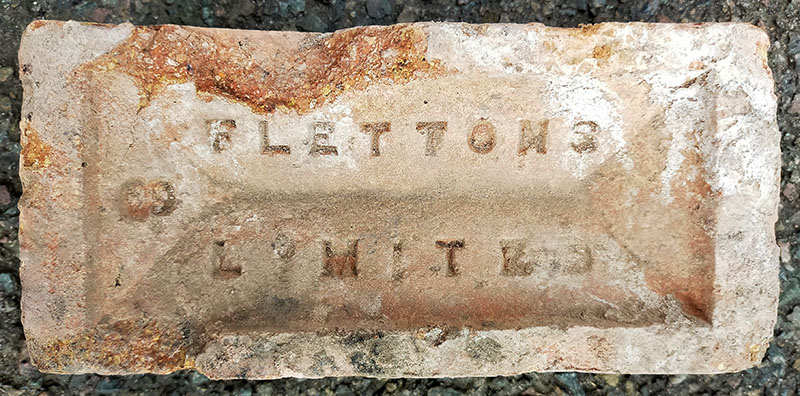
Photo by Andrew Morley.
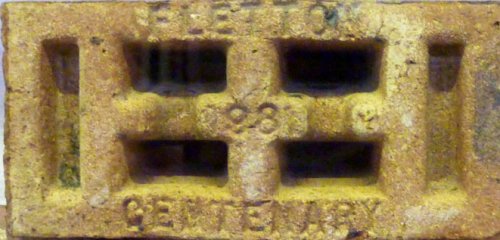
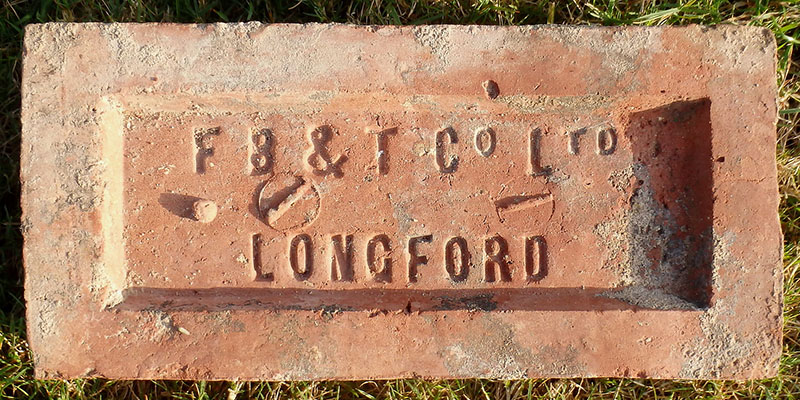
The Foleshill Brick & Tile Co is listed in Kellys 1900 to 1940 editions at Sydall Road, Longford, Coventry. Info by Martyn Fretwell, photo by Frank Lawson.
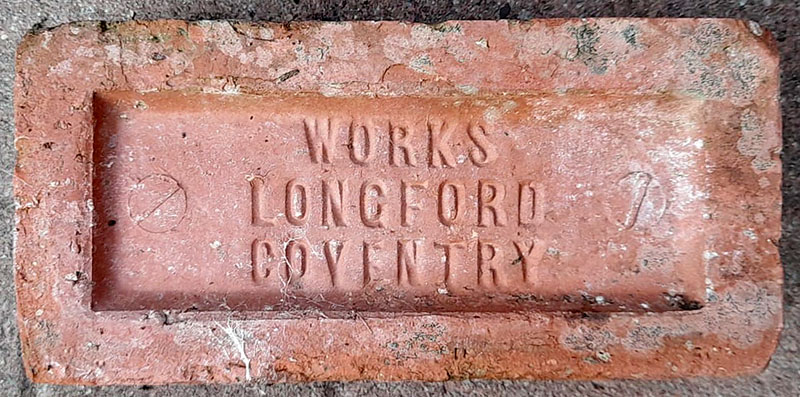
Photo by Steve Chaplin.
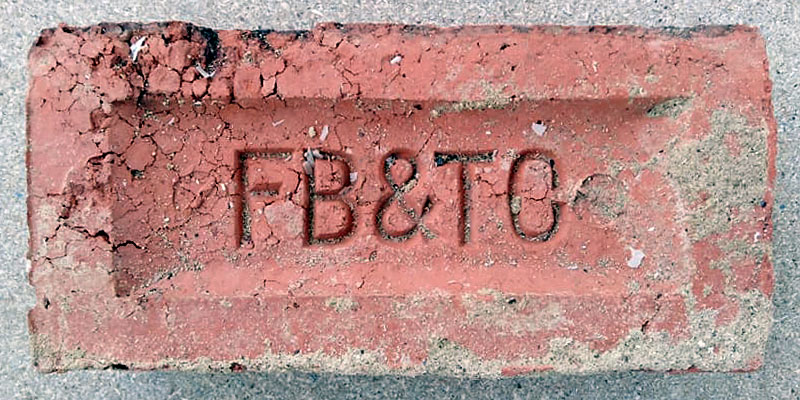
The Clayworkers' Directory for 1901 lists this company as The Folkestone Brick & Tile Co., Ltd.; Works, Cheriton, near Folkestone. Wire-cuts and Pressed Bricks. The earliest reference I have found is from August 1898 advertising turf for sale which suggests that they were stripping land for clay extraction. The last reference is in 1925. Photo by David Hall.
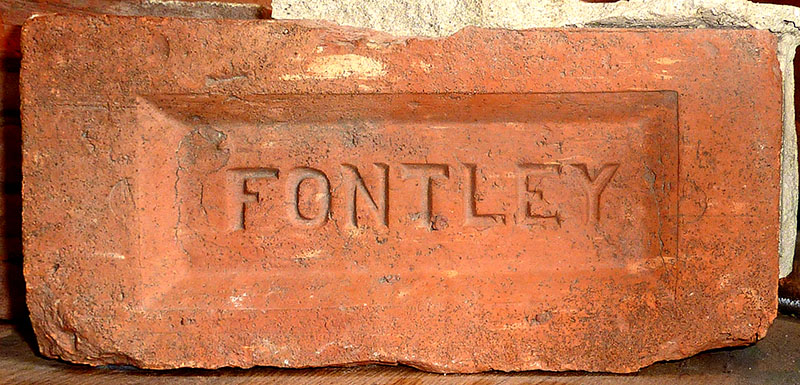
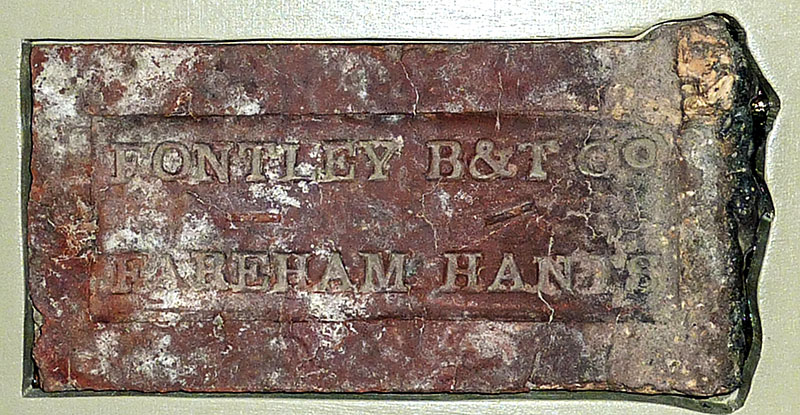
The Fontley Brick & Tile Co. was in the village of Funtley,
Hampshire (also locally known as Fontley) and they were producing
hand-made bricks from the 1850's to 1923 when they then produced
bricks & tiles by machine. Well known as 'Fareham Reds' these
bricks were used in the building of the Royal Albert Hall in London.
In 1916. John Thomas Chappell & his wife Elizabeth are
recorded in the London Gazette as co-owners of the company. The
works closed in 1967. Info & Photos taken at Westbury Manor
Museum, Fareham by Martyn Fretwell.
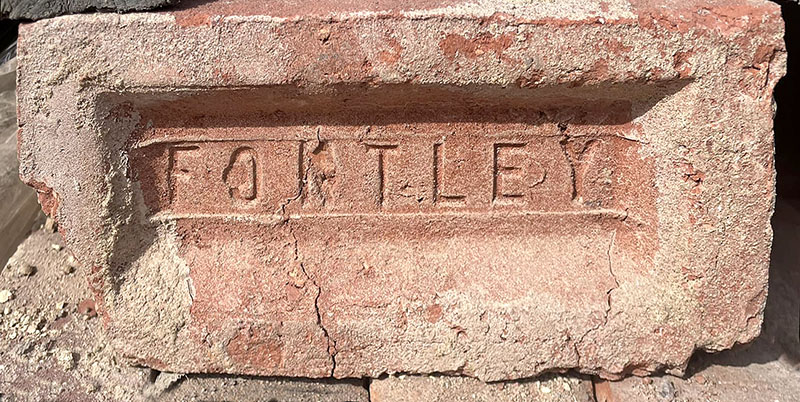
Photo by John Morley.
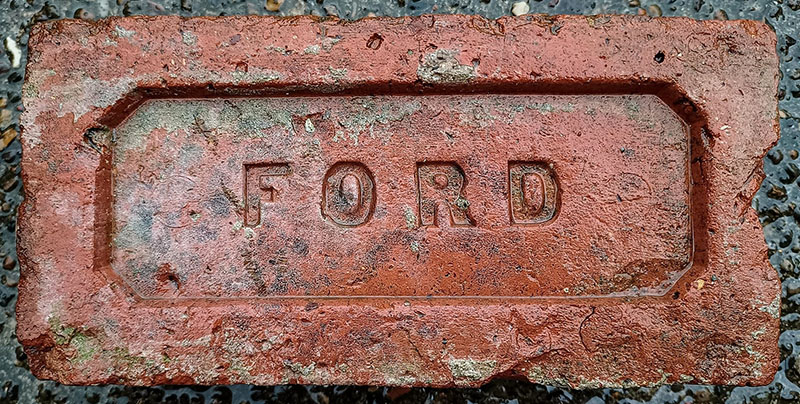
Ford Brick Works, South Ford, Hylton Road,Sunderland, 1890s. The works was taken over by The Ford Limestone and Brick Co in 1900. Photo by Chris Tilney.
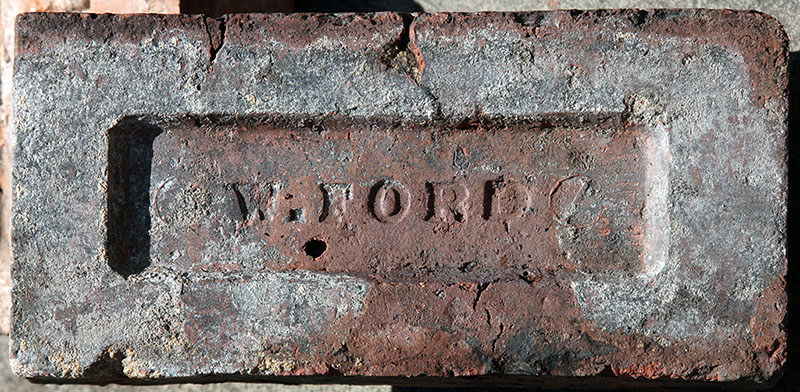
William Ford was a builder living in Chell and Fegg Hayes districts of North Staffordshire who in the 1840s and 50s had brickmaking interests in Navigation Road and Nile Street, Burslem and also at nearby Sneyd. In the 1860s and early 70s he was a coal master and then an agent and there are no brickworks listings for his name in trade directories. under his name for brickworks. He reappears in 1876 and 1880 and in the 1881 census as a brick manufacturer living in Burslem with a works in Fegg Hayes which is where this brick was found when houses were demolished. Photo by David Kitching.
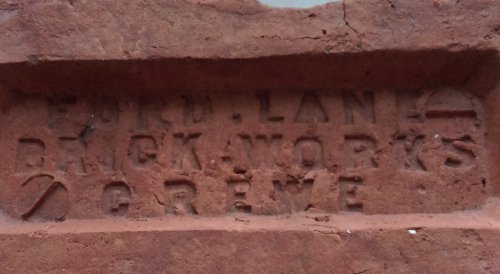
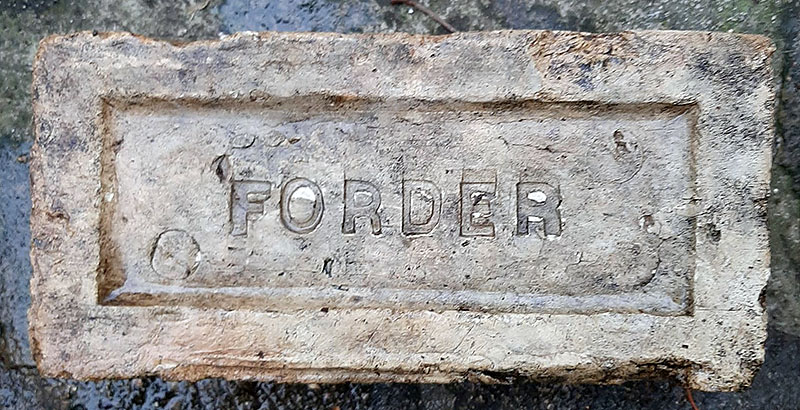
B J H Forder opened a brickworks at Wootton Pillinge in Bedfordshire in 1897. This later became known as Stewartby. The business was floated in 1900 as B J Forder & Son Ltd and was merged with The London Brick Company. Photo by Steve Strapps.
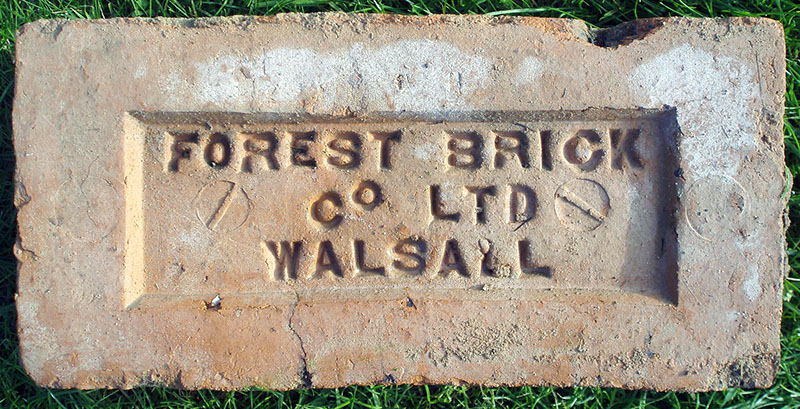
Martyn Fretwell writes ;- The Forest (Walsall) Brick Co. Ltd., Northcote Street, Bloxwich Road, Walsall is listed in Kelly’s 1928 to 1940 editions. The company had taken over the brickworks which had been previously been run by the Birchills & North Walsall Brick Co., situated next to the North Walsall Railway Station. A notice in the London Gazette signed by Chairman Joseph Cohen dated 10th September 1965, records that the Company was "voluntarily wound up" at a special meeting on the 24th of August 1965. Photo by courtesy of the Frank Lawson collection.
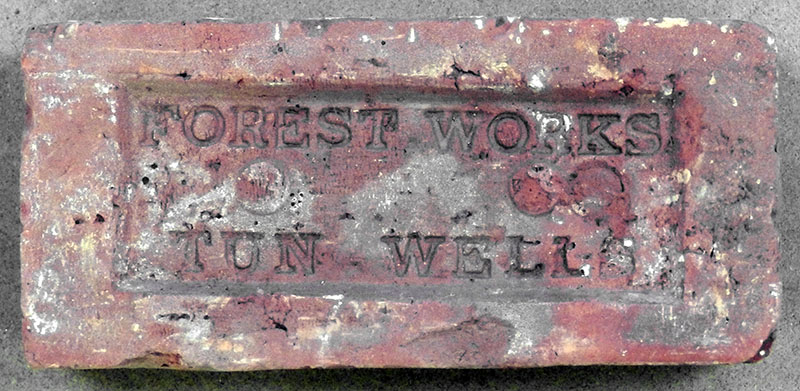
This short-lived enterprise was situated next to the Tunbridge Wells & Hastings Branch Railway. It only appears in the Clayworkers Directory 1901 as Forest Brick and Tile Co. Ltd., Forest Road, Tunbridge Wells, Pressed Reds, Brindles, Wire-cuts, Pavers, Stocks, Quarries. London Office; 3, Lothbury, E. C. Whilst not on the 1895 map, it is shown as disused on the 1907 edition. Photo and info by Nigel Furniss, seen at the Bursledon Brickworks Museum.
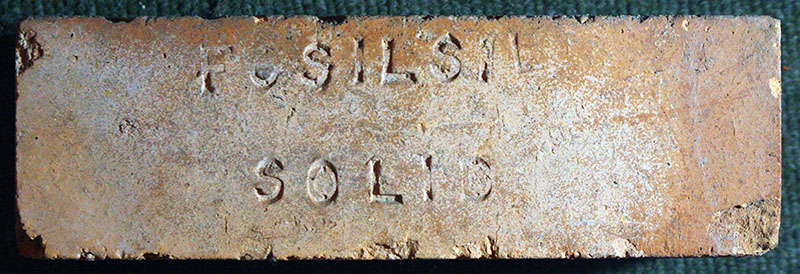
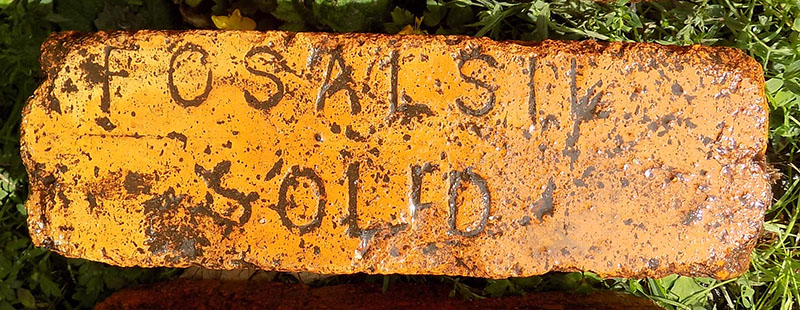
Fosilsil Solid. Heat insulating bricks carrying the brand name FOSALSIL were designed for the flues of glass furnaces and presumably brickworks. They're fragile and lightweight. Production was by Moler Products Ltd at Hythe Works in Colchester. Photo and info by Ian Suddaby.
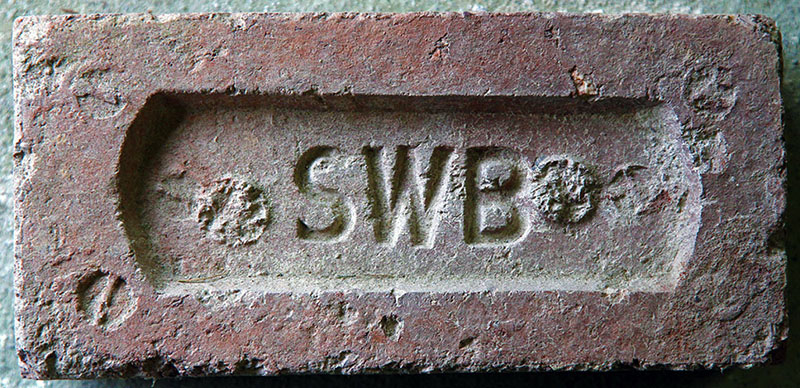
Foss Brick & Tile Works, Millbrook, Cornwall. Founded c1870 and in business until 1913 this brickworks was owned by theh Devonshire Brick Co Ltd. Photo by David Kitching, part of the collection at Wheal Martyn China Clay Museum.
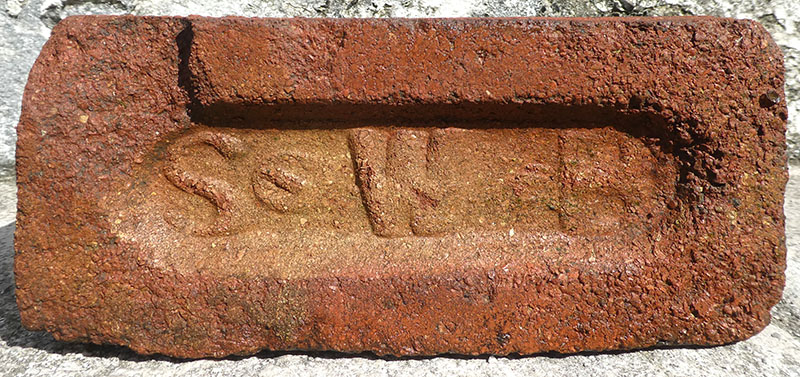
Photo by Bernie Millington.
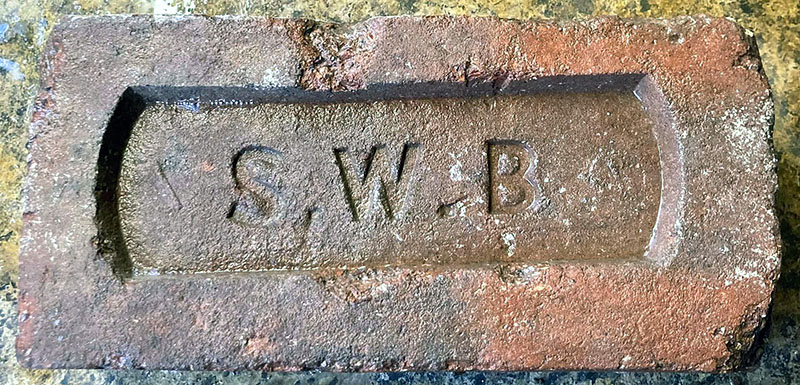
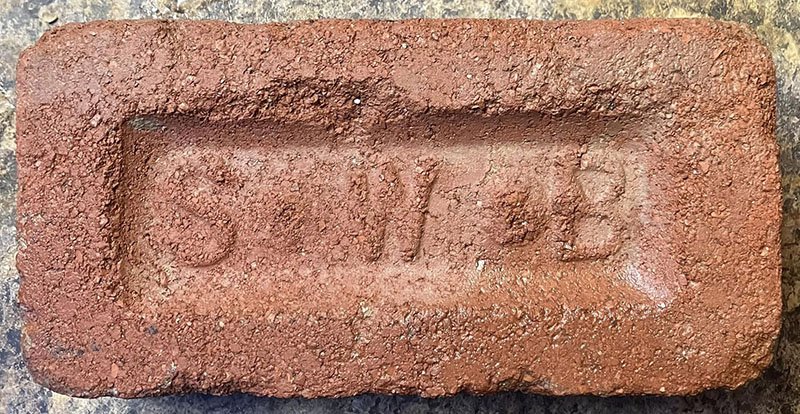
Photos by Ian Williams.
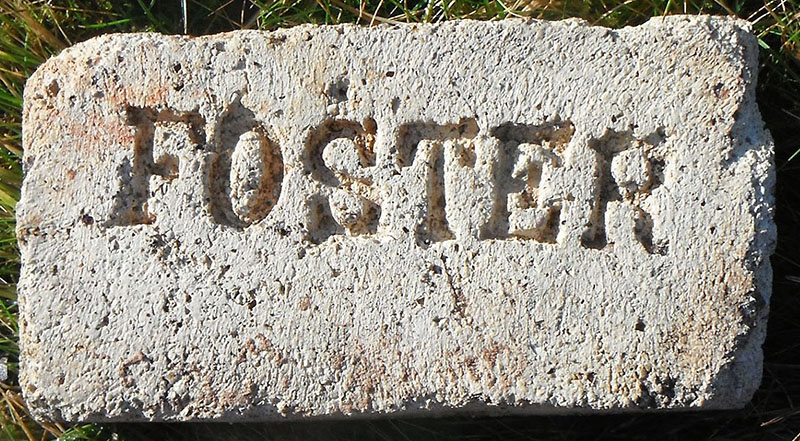
Henry Foster & Co, Hotspur Brickworks, Backworth, Newcastle which opened in 1877. The works was taken over by General Refactories in 1955 and closed in 1967. Info by Martyn Fretwell, photo by Ian Suddaby.
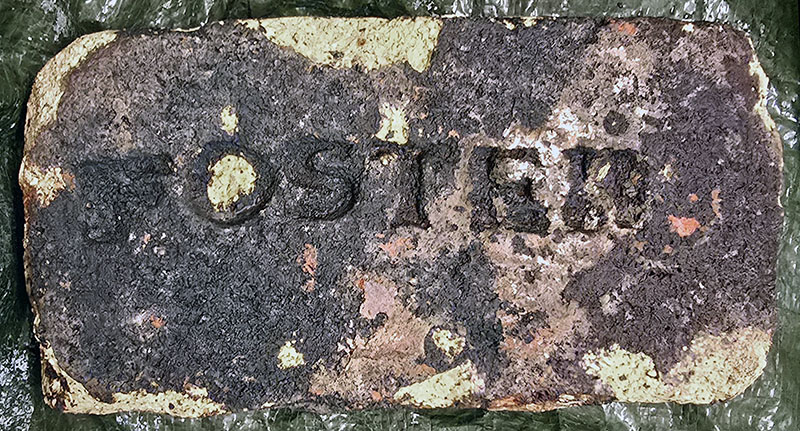
Photo by Liz Robinson.
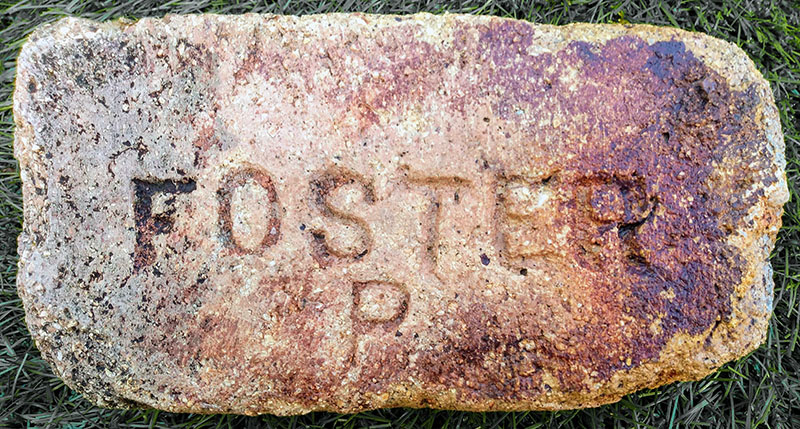
Photo by Tony Gray.
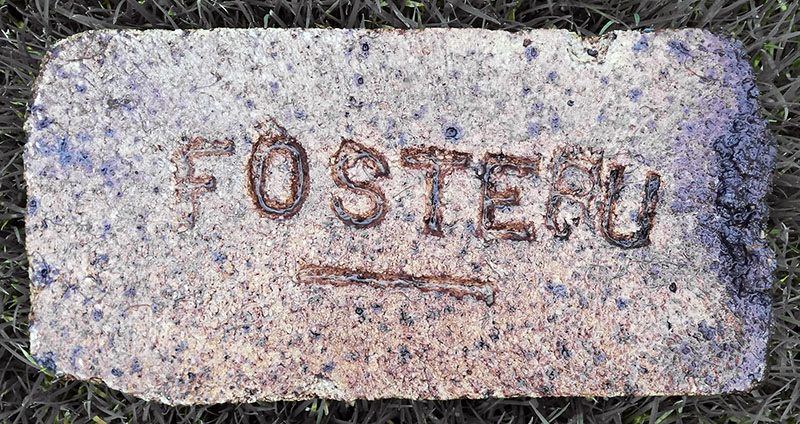
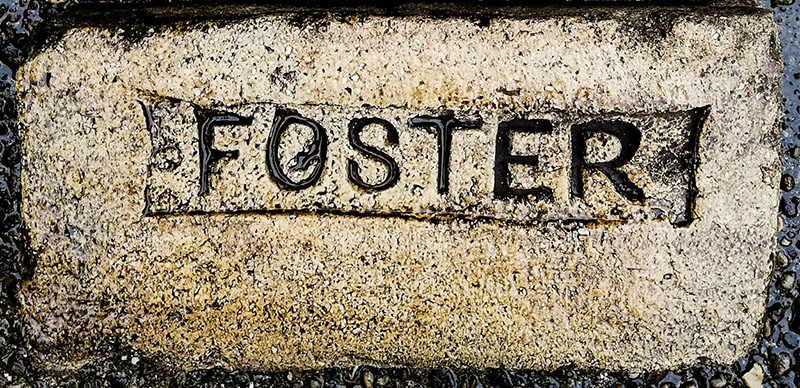
Photos by Chris Tilney.
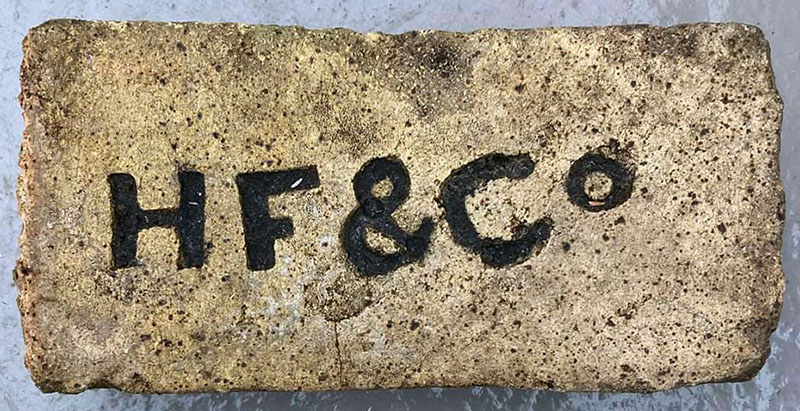
Photo by Neville Akers.
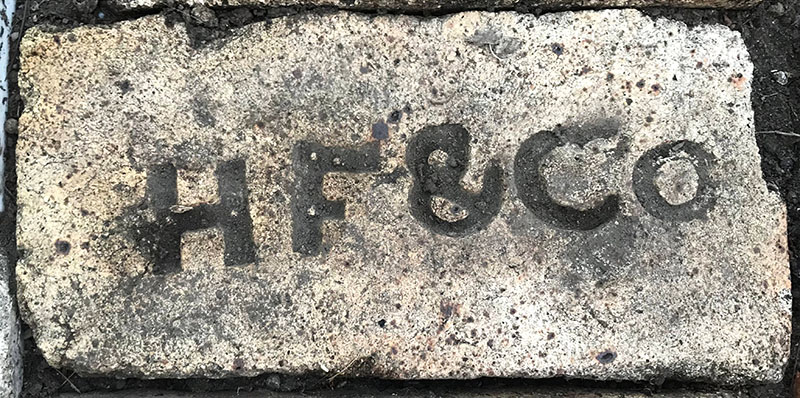
Photo by Steven Tait.

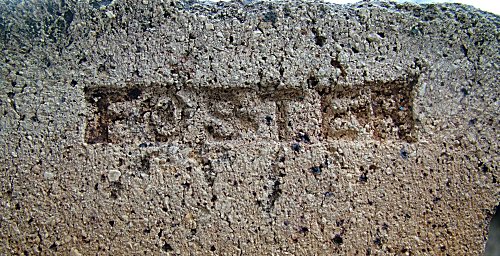
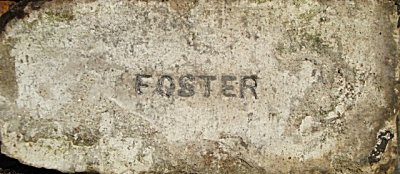
Photographed in Staveley by Simon Patterson
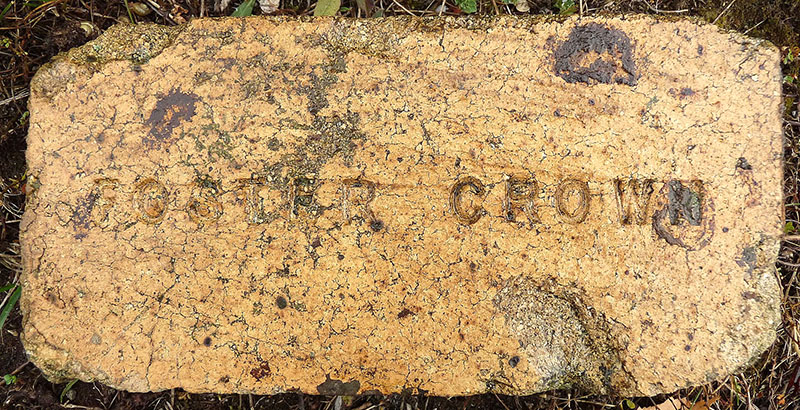
Foster Crown, thanks to Darren Haywood for the photo.
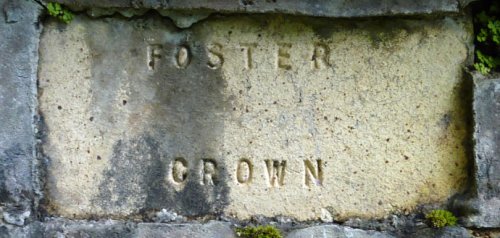
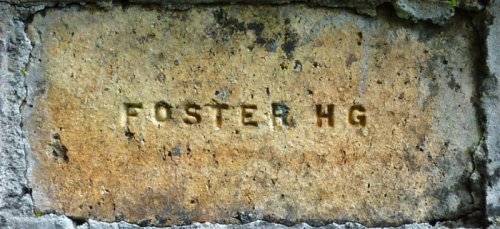
HG stands for High
Grade which was fired at 1250 degrees F. Both photographed at Corris by Martyn Fretwell.
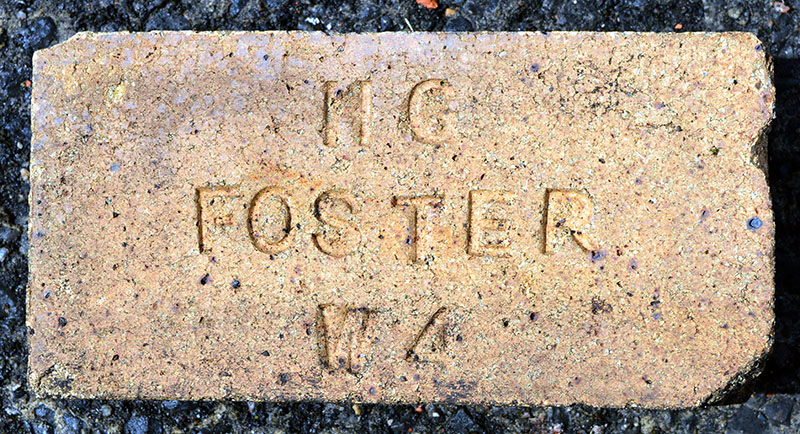
Photo by Frank Lawson.
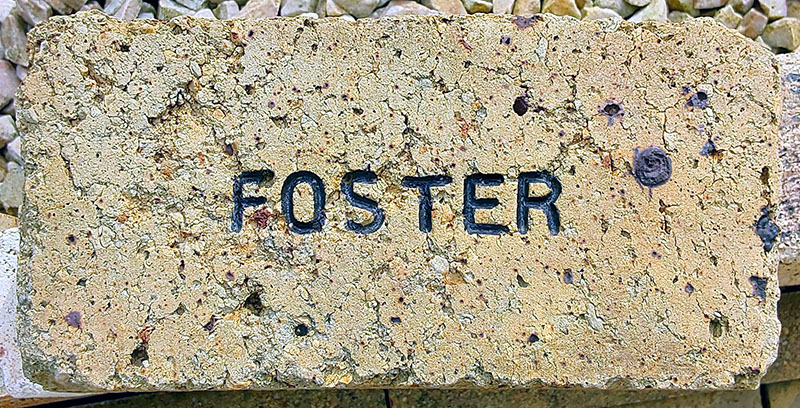
Photo by Bill Duff.